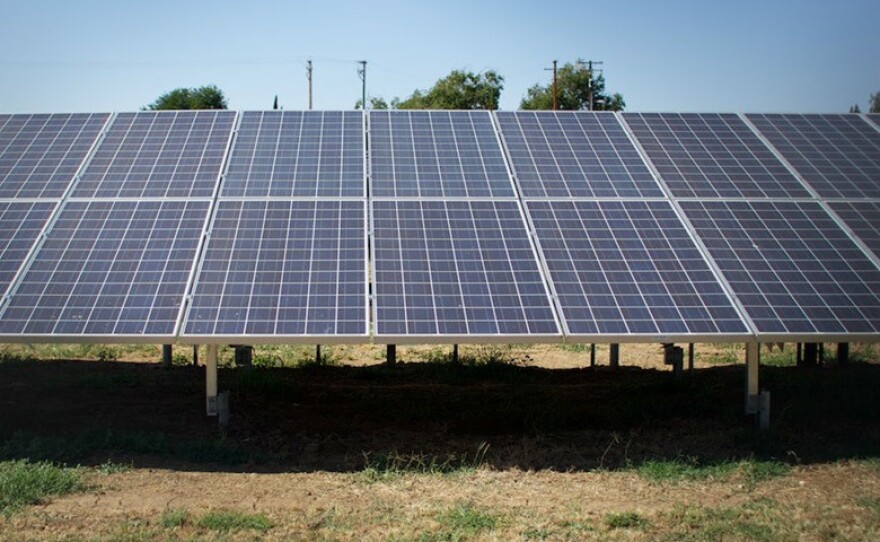California regulators got a sweeping review on Wednesday of their proposal to rework the rules that govern the state’s solar energy marketplace.
The California Public Utilities Commission (CPUC) unveiled details of their proposal last week, nearly a year after their first effort was roundly criticized.
The new plan calls for new solar customers to accept that the value of electricity they produce with rooftop solar panels will be reduced by 75%. That increases the amount of time it takes to pay off investments in solar through utility bill savings and credits.
But the week-old proposal did not include mandatory grid access fees.
The plan unveiled a year ago had both of those provisions.
The state’s investor-owned utilities pushed hard to have those fees put back into the proposal.
Utilities argue that non solar customers are forced to pay for most of the grid costs that solar customers get out of by generating their own electricity.
The energy companies argue the cost of maintaining the grid is unfairly shifted to people who cannot afford to install solar.
“The clock is ticking for reform,” said Carla Peterson, a spokeswoman for the state’s investor owned utilities, including San Diego Gas & Electric (SDG&E) “By the time we transition to the new tariff the total NEM (Net Energy Metering) cost shift will likely exceed $5 billion. It was $3 billion when you started this proceeding. Let’s not delay.”
SDG&E officials were in the hearing but chose to give their speaking time to Peterson and another utility industry representative.
Solar advocates, meanwhile, praise the plan to remove the grid access fees from the plan. They called those proposals a solar tax which would have punished homeowners who installed solar arrays.
The solar industry advocates also asked for an easier path to a lower price for rooftop generated electricity.
“There’s a 75% reduction in the export credit on day one,” said Brad Heavner, of the California Solar and Storage Association. “That, as part of the whole, is too much. It’s too much of a shock. And I don’t think it’s too much to ask for that to be a little smoother.”
Solar industry backers told commissioners that removing the financial incentives for rooftop solar will hurt California’s ability to meet ambitious greenhouse gas reduction goals.
The new proposal keeps existing solar customers on the plan that was in effect when they installed their arrays.
Commissioners heard from a wide range of participants including the Natural Resources Defense Council, The Utility Reform Network, the Sierra Club, California Utility Employees, the California Farm Bureau and others.
The proposed decision being considered is based on the premise that the existing solar system Net Energy Metering 1.0 and 2.0 are unfair and create inequities that force people without solar to pay more.
California has some of the highest electricity rates in the nation, in large part because the rates have baked in costs for fire protection, debt service, grid maintenance, public service programs, and other costs not linked to the cost of electricity.
The CPUC’s Public Advocates Office says the new proposal addresses some of the inequities that fall disproportionately on residents who do not have solar.
“It requires new participants to be on rate plans that better align grid costs and customer bills,” said Matt Baker, the director of the CPUC’s Public Advocates Office. “This is crucial if we’re going to succeed in electrifying our economy.
Commissioners will review Wednesday’s testimony with an eye on voting on the proposal in mid-December.
Any rule changes the CPUC adopts will not go into effect until next year.









